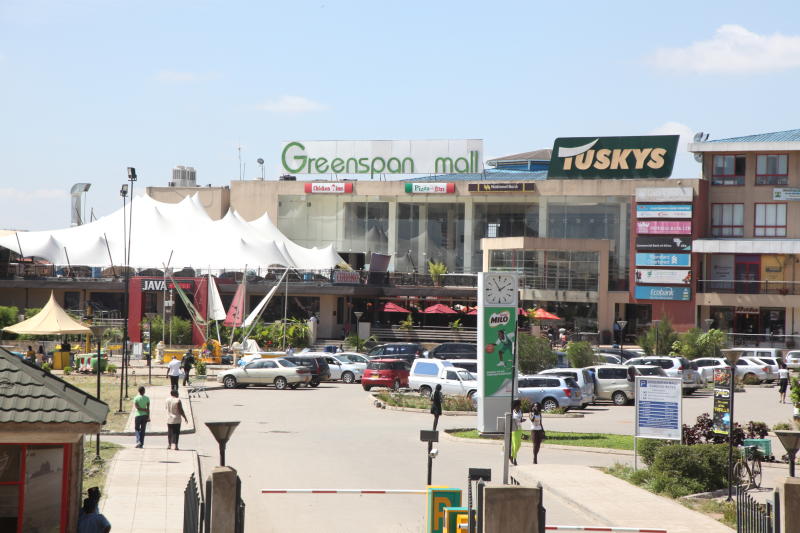×
The Standard e-Paper
Kenya’s Boldest Voice

Stanlib Income-Real Estate Investments Trust might have pinned its hopes too high when it sank the first cash it raised into Greenspan Mall.
The allure of shopping malls that has taken hold in the country for a while now is quickly fading, leaving the South African-based financial provider along hundreds of other investors in a discomfiting financial position.